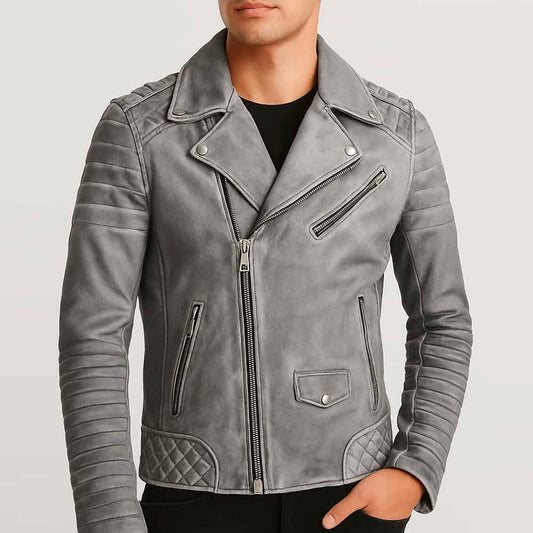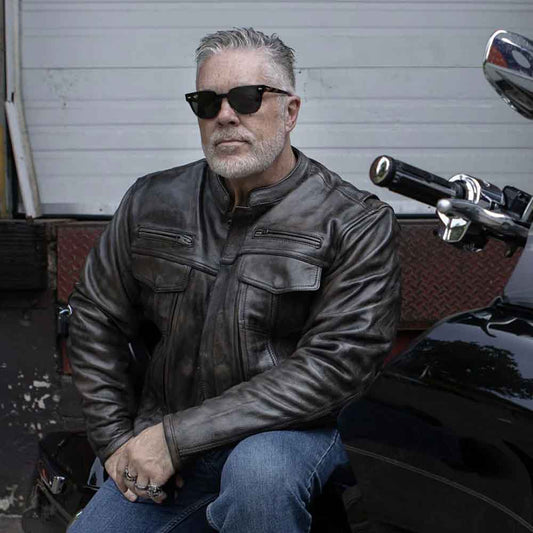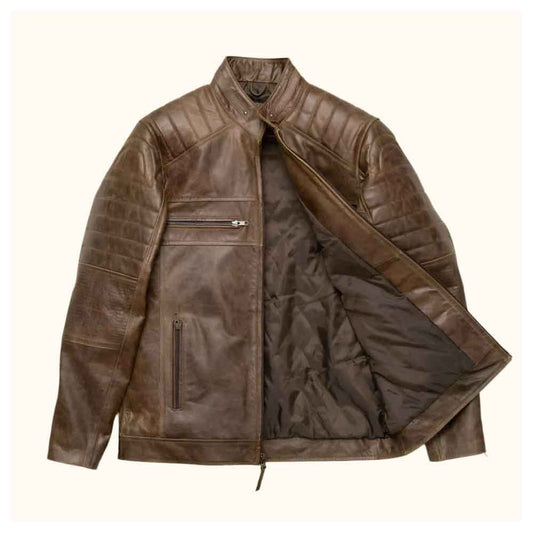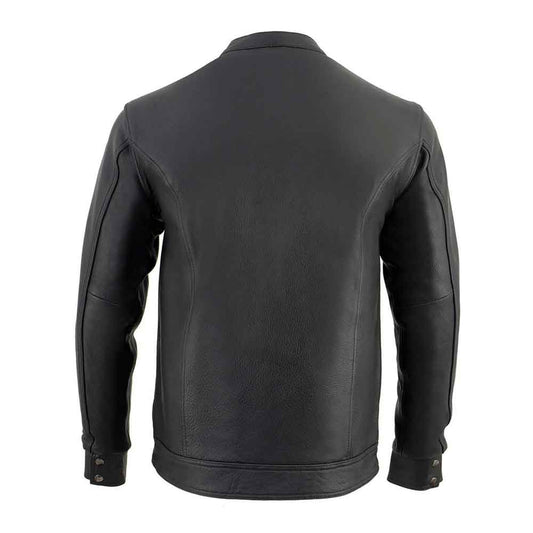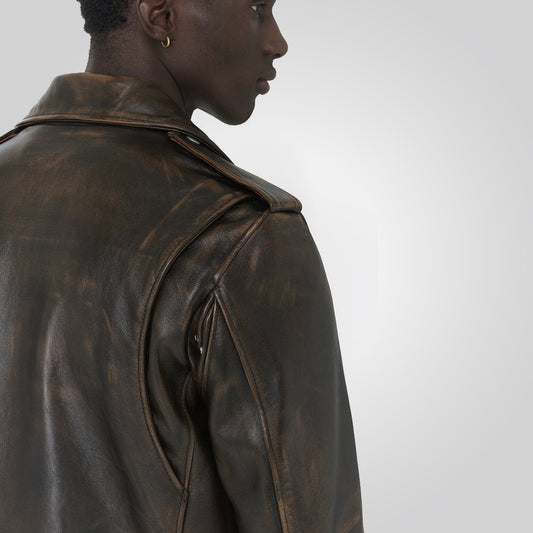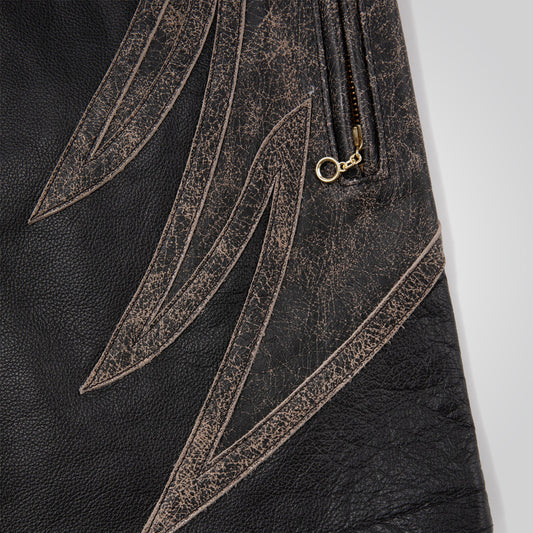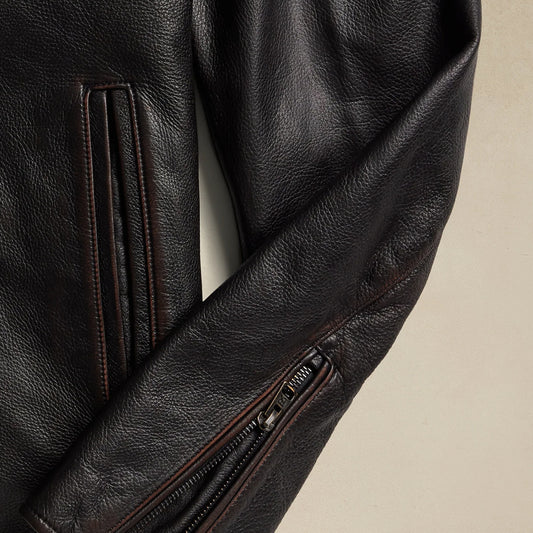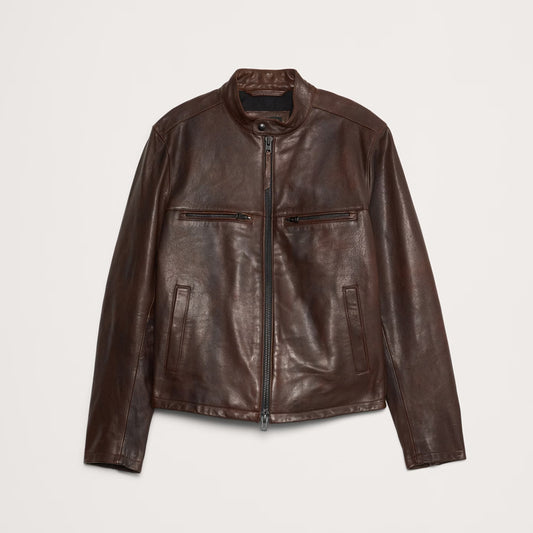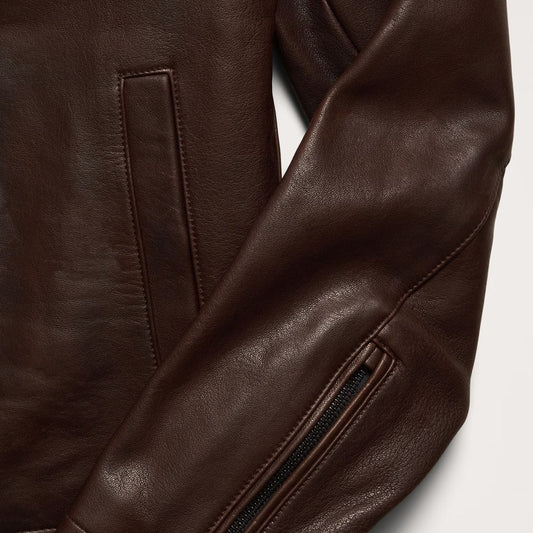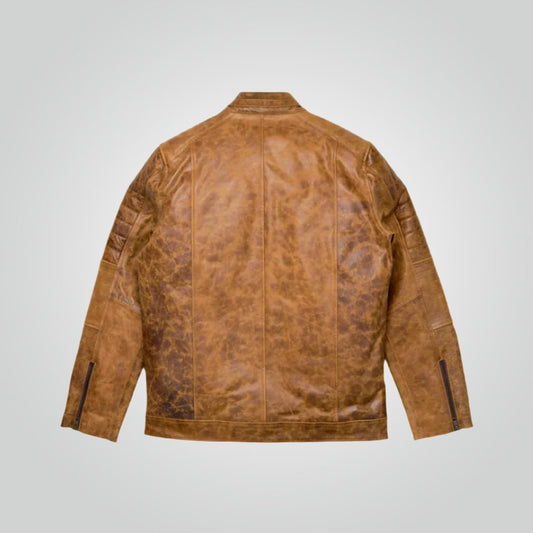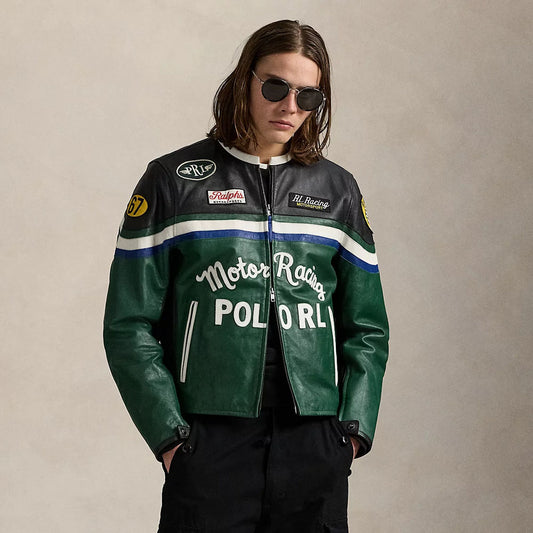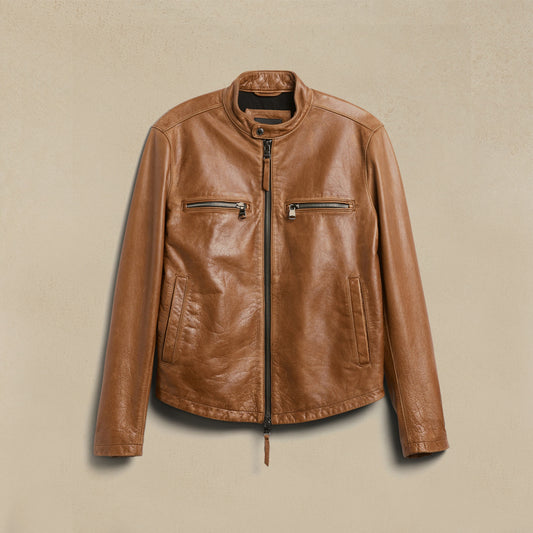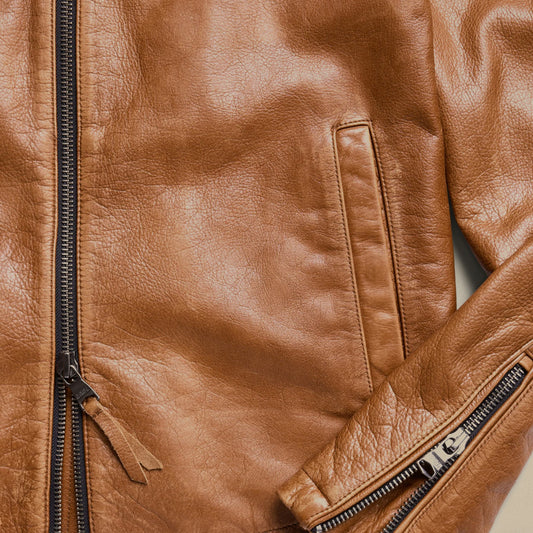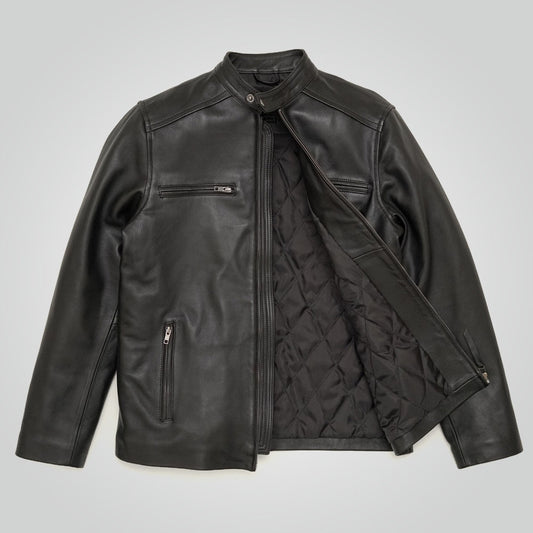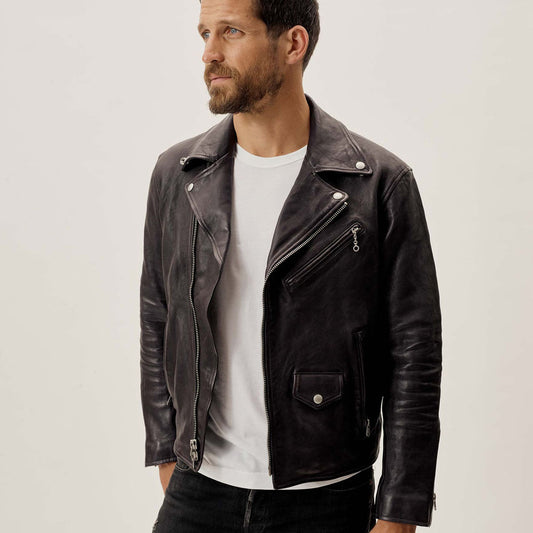-
Grey Leather Jacket for Men in Moto Style
Regular price Rs.75,000.00 PKRRegular priceUnit price / per -
Men's Vintage Leather Biker Jacket in Distressed Style
Regular price Rs.66,300.00 PKRRegular priceUnit price / per -
Brown Leather Moto Jacket for Men
Regular price Rs.66,300.00 PKRRegular priceUnit price / per -
Mens Black Leather Shirt in Biker Style
Regular price Rs.54,800.00 PKRRegular priceUnit price / per -
Vintage Distressed Moto Leather Motorcycle Jacket
Regular price From Rs.71,800.00 PKRRegular priceUnit price / perRs.77,500.00 PKRSale price From Rs.71,800.00 PKRSale -
Motogp Leather Motorbike Racing Jacket
Regular price Rs.86,200.00 PKRRegular priceUnit price / per -
Vintage Waxed Black Motorbike Leather Moto Jacket
Regular price From Rs.71,800.00 PKRRegular priceUnit price / perRs.77,500.00 PKRSale price From Rs.71,800.00 PKRSale -
Dark Brown Cafe Racer Leather Moto Jacket
Regular price From Rs.68,900.00 PKRRegular priceUnit price / perRs.74,700.00 PKRSale price From Rs.68,900.00 PKRSale -
Vintage Brown Waxed Cafe Racer Moto Biker Jacket
Regular price From Rs.71,800.00 PKRRegular priceUnit price / perRs.77,500.00 PKRSale price From Rs.71,800.00 PKRSale -
Men's Cafe Racer Motor Racing Leather Moto Jacket
Regular price From Rs.80,400.00 PKRRegular priceUnit price / perRs.86,200.00 PKRSale price From Rs.80,400.00 PKRSale -
Brown Cafe Racer Leather Moto Jacket
Regular price From Rs.68,900.00 PKRRegular priceUnit price / perRs.74,700.00 PKRSale price From Rs.68,900.00 PKRSale -
Men's Black Cafe Racer Leather Moto Jacket
Regular price Rs.68,900.00 PKRRegular priceUnit price / perRs.74,700.00 PKRSale price Rs.68,900.00 PKRSale -
Men's Black Goatskin Moto Leather Motorcycle Jacket
Regular price From Rs.71,800.00 PKRRegular priceUnit price / perRs.77,500.00 PKRSale price From Rs.71,800.00 PKRSale
Collection: Moto Leather Jacket
Leather Moto Jackets for Men & Women | Premium Biker Style
Elevate your wardrobe with our collection of authentic leather moto jackets – the ultimate fusion of rebellious edge and timeless sophistication. Designed for both men and women who appreciate quality craftsmanship and head-turning style, our jackets deliver the perfect balance of durability, comfort, and bold aesthetics.
Why Choose Our Leather Moto Jackets?
- Premium Materials: Handcrafted from genuine leather, lambskin, and high-quality faux leather for unmatched durability and softness.
- Classic Biker Design: Featuring asymmetrical zippers, belted waists, quilted detailing, and snap lapels for that iconic motorcycle jacket look.
- All-Season Versatility: Lightweight yet tough, our leather jackets transition effortlessly from fall layering to winter warmth.
- Perfect Fit: Available in slim, regular, and oversized fits to suit every body type.
Shop by Style:
- Men’s Leather Moto Jackets – Rugged, masculine cuts with reinforced stitching for long-lasting wear.
- Women’s Biker Jackets – Tailored silhouettes with adjustable belts for a flattering, edgy look.
- Vintage & Distressed Finishes – For those who love a worn-in, retro vibe.
- Vegan Leather Options – Cruelty-free and eco-conscious, without compromising on style.
Best for Every Occasion:
✔ Motorcycle Riding – Built for protection and freedom of movement.
✔ Streetwear & Casual Outfits – Pair with jeans, boots, or dresses for an effortlessly cool look.
✔ Night Out Essential – Adds instant attitude to any evening ensemble.
Free Shipping & Easy Returns – Find your perfect leather motorcycle jacket today and enjoy fast delivery with hassle-free returns.
- Top Seller: Men's Black Cafe Racer Leather Moto Jacket


